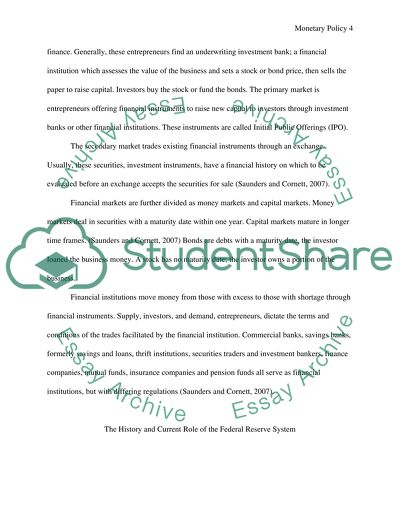Cite this document
(“Monetary Policy Financial Institutions and the Economy Essay”, n.d.)
Retrieved from https://studentshare.org/finance-accounting/1575848-monetary-policy-financial-institutions-and-the-economy
Retrieved from https://studentshare.org/finance-accounting/1575848-monetary-policy-financial-institutions-and-the-economy
(Monetary Policy Financial Institutions and the Economy Essay)
https://studentshare.org/finance-accounting/1575848-monetary-policy-financial-institutions-and-the-economy.
https://studentshare.org/finance-accounting/1575848-monetary-policy-financial-institutions-and-the-economy.
“Monetary Policy Financial Institutions and the Economy Essay”, n.d. https://studentshare.org/finance-accounting/1575848-monetary-policy-financial-institutions-and-the-economy.


